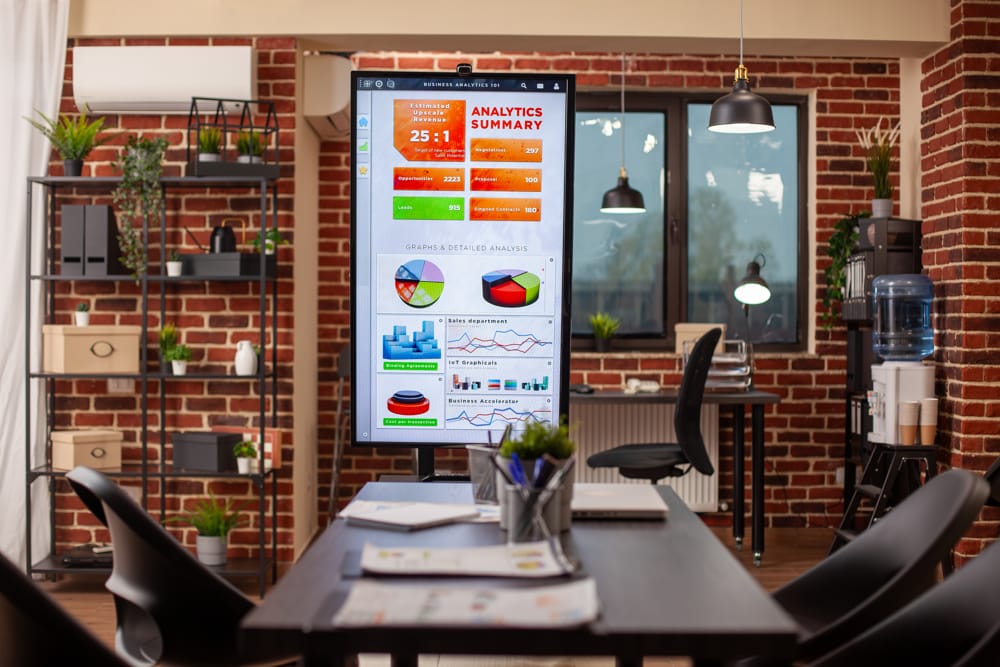Nos encontramos en una época de cambios y es que estamos en una etapa de crecimiento que nos ha llevado a evolucionar en distintos aspectos.
En el mundo online necesitamos un nuevo espacio que se adapte a nuestras necesidades, sino que también necesitamos una nueva web que muestre todo aquello que nuestro software Recubik puede aportar a una organización o empresa en la publicidad Digital. Y por ello, ¡os presentamos nuestra nueva web!
En nuestra nueva web podrás ver de manera detallada todas las soluciones y servicios digitales que ofrecemos a empresas y marcas que quieran impactar, ser reconocibles y/o mejorar su digitalización. También, conocerás distintas soluciones y casos de éxito de muchos de los clientes que han confiado en nosotros. Todo ello bajo un diseño cuidado y un desarrollo ágil e intuitivo, funcionalidades comunes en todos nuestros proyectos.

Además, podrás ver en detalle distintas soluciones que hemos aportado a nuestros clientes de manera que puedas saber el reto planteado y la solución aportada. Todo ello bajo un marco visual adaptado a cada caso cuidando cada detalle.
Junto a lo anterior, no podemos olvidarnos de nuestro blog donde informamos periódicamente de tips o cuestiones interesantes que resuelven dudas sobre la capacidad de la Cartelería Digital, o de la tienda online a través de la cual se puede adquirir cómodamente cualquier versión de Software Recubik o cualquier complemento Hardware que complete una acción 360º en Digital Signage.
Tampoco hemos querido dejar de lado la atención al cliente y la interacción con vosotros: Whatsapp directo a diferentes departamentos; técnico y comercial, chat de atención al cliente, adaptación a personas con discapacidad visual y facil acceso a un entorno demo o a tu propio gestor de contenidos si ya eres cliente Recubik.
¿A qué estás esperando? Visita la nueva web, conoce nuestra empresa, los últimos proyectos en los que hemos trabajado, nuestros servicios y nuestra tienda online entre diferentes opciones.
Y si deseas tomar un café y contarnos en qué podemos ayudarte, ¡ponte en contacto con nosotros!







